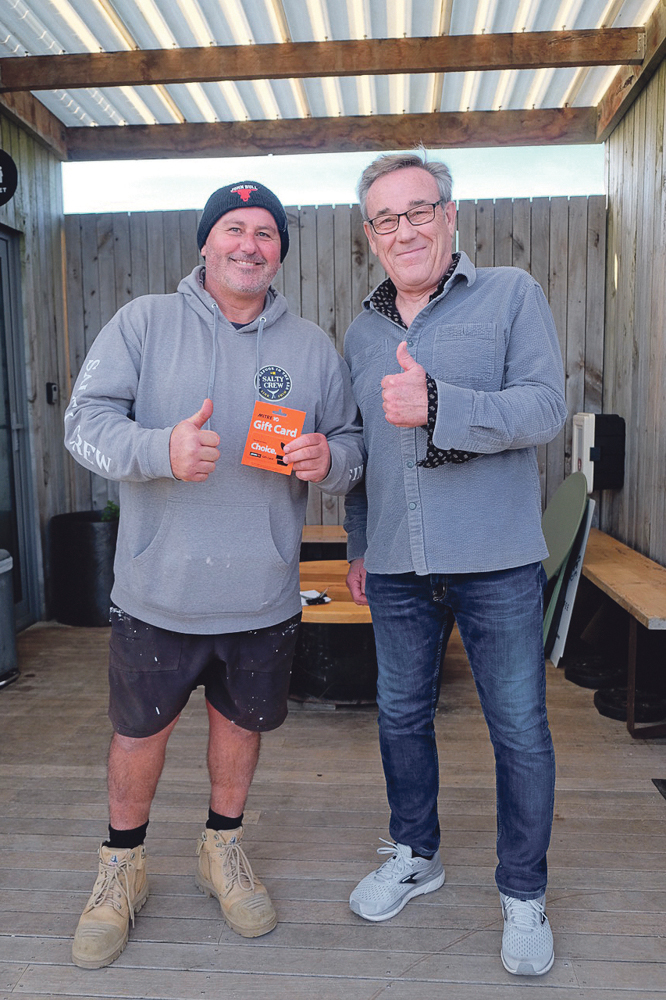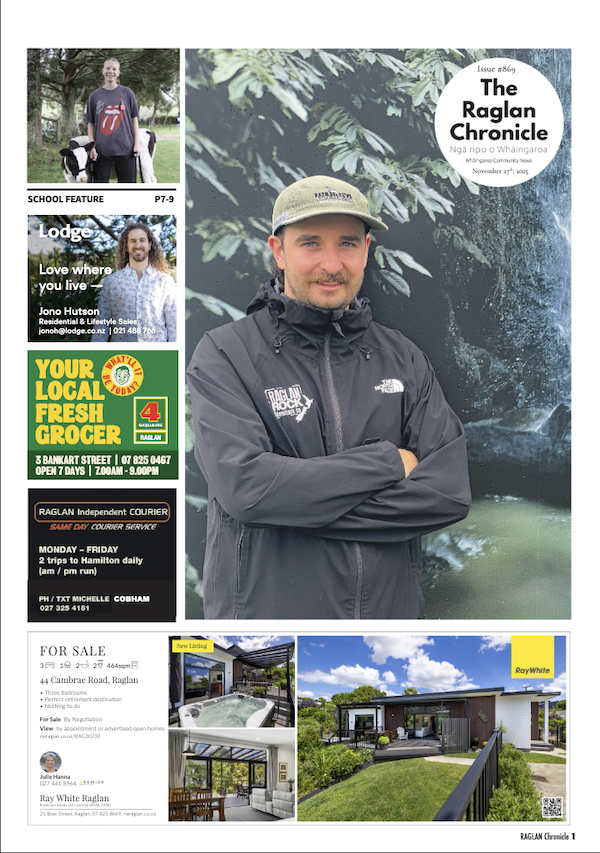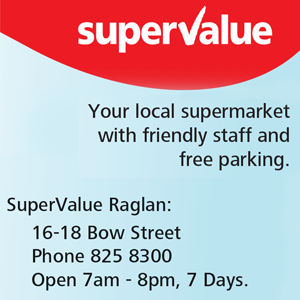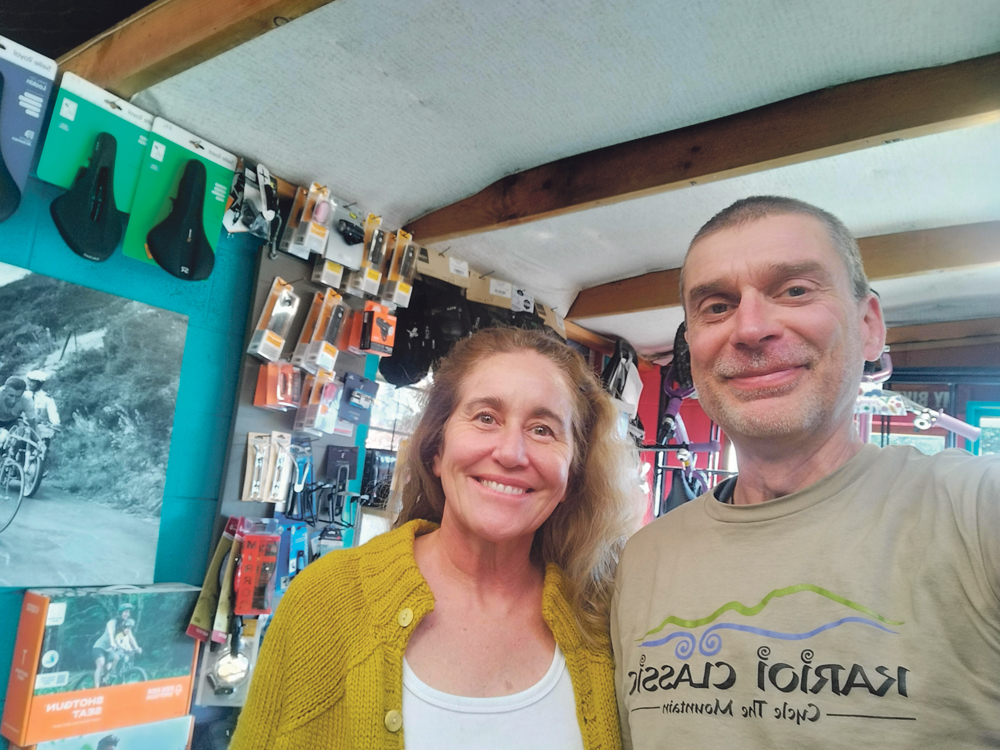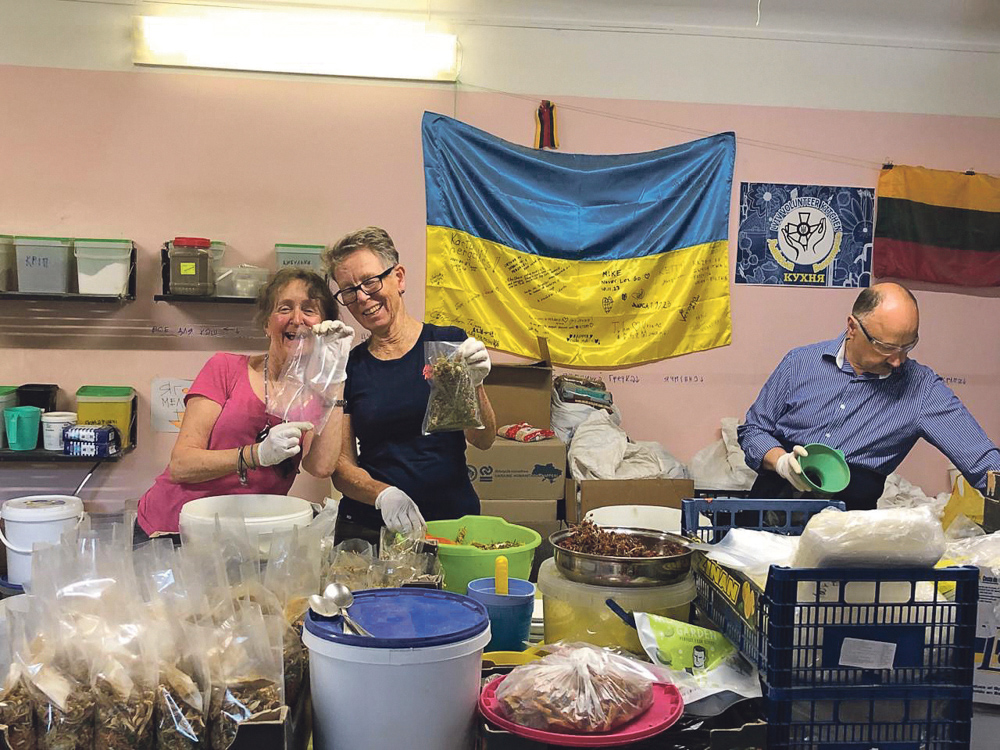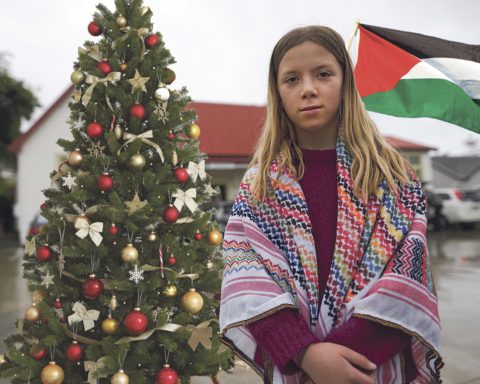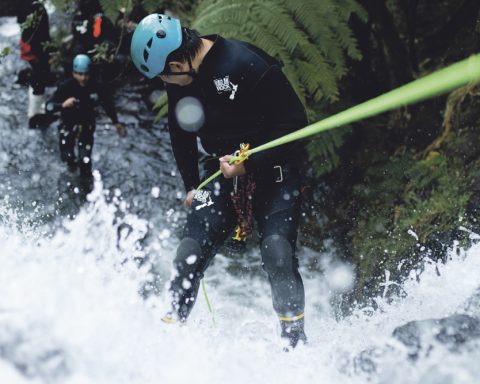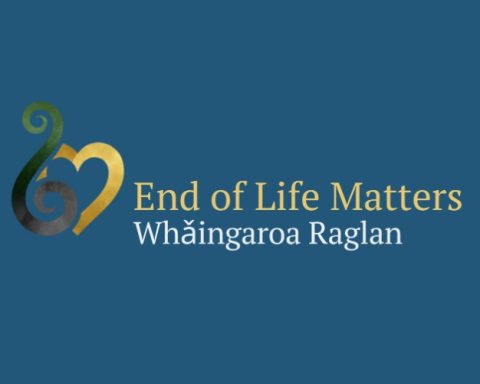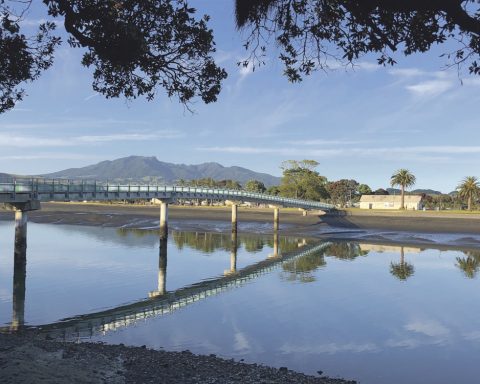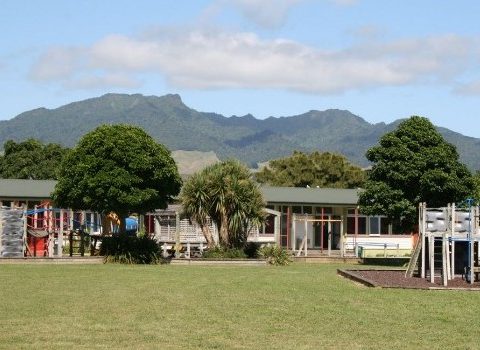“It’s crazy you can be a builder for twenty years, and still not know this stuff,” said one local builder as he left a training on building warmer, drier homes, held at The Hut cafe on 25th June.
Before sunrise that morning, utes and vans had begun arriving outside the Rangitahi cafe. Plumbers, electricians, builders and architects—there at the invitation of Community Energy Whaingaroa (CEWh)—jumped out and wandered in, grabbed their free coffee and bacon-and-egg bun from the barbeques set up outside, and found themselves a seat in the cafe’s cosy extra room.
At the front of the room, home performance expert Ian Mayes was getting ready to deliver a condensed 1.5-hour version of his ‘Introduction to principles of home performance’ training. The course normally spans a full day and is followed by a two day programme and home study. It was developed as a collaboration between industry bodies like Branz, research organisations, and experts like Mayes, to train up advisors who could go out into the community and help people get their homes warmer, dryer, and healthier to live in.
Why? Because, as Mayes laid out in stark detail in his talk that morning, despite some (slow) progress on establishing minimum standards for things like insulation and ventilation in new builds and the introduction of Healthy Homes standards for rentals, most homes in New Zealand are cold and damp (or in the case of many new builds, warm and damp) and too expensive to maintain as a healthy living environment. This results in some pretty shocking statistics, explained Mayes: Every year there are 750,000 respiratory admissions to hospital, and every winter 1600 preventable deaths, from causes directly attributable to our cold, damp homes.
Mayes delivered these facts not just to shock, but to jolt us out of complacency—the attitude that so many Kiwis have that “she’ll be right, it’s not that cold here, throw on another jumper and you’ll be fine.” Hopefully, you reading this are fine, and have a warm, dry comfortable home, or at least have the resources and the robustness of health to deal with it if you don’t. Many out there aren’t so lucky.
As a recently graduated HPA trainee, now employed by CEWh to do home assessments, I’m finding great satisfaction in giving people knowledge and tools that will improve their lives. Yet at times it’s frustrating because there’s only so much an occupant can do to improve their situation in a house that’s already built.
Perhaps even more frustrating is that because of a reluctance by the government to regulate—together with a building industry that lags decades behind best practice because of entrenched attitudes, inertia and the ever-present need to keep costs low for the client in the short term—we’re still building homes that perform poorly.
Changing those things is hard, but perhaps we can begin—at least here in Raglan—by giving the people on the ground designing, building and renovating our homes some new knowledge on how to do it better. We are, after all, a town that prides itself on doing things differently.
So, we thought, let’s put on a tradie brekkie—see if we can entice a few people along before work for a free coffee and a bun (thanks to Top Cut Butchery and Raglan foursquare), the chance to win a sweet $250 tool (thanks to Mammoth insulation), and some free upskilling (thanks to Ray White rentals and WEL trust). An hour and a half isn’t much time, but hopefully it’s sparked an interest for attendees to pursue this further.
On 2nd August, we’re running a follow-up course at Xtreme Zero Waste, from 9am-1pm, at a cost of $45.
Whether you’re a builder, a sparky, a plumber, an architect, an interior designer, own home renovator, DIY enthusiast or something else in the building industry, we’d love to see you there. To register, or for more info email connect@cewh.org.nz or call 027 303 0491.
by Manu Moana
Manu is a Whaingaroa based cabinet maker and HPA assessor
